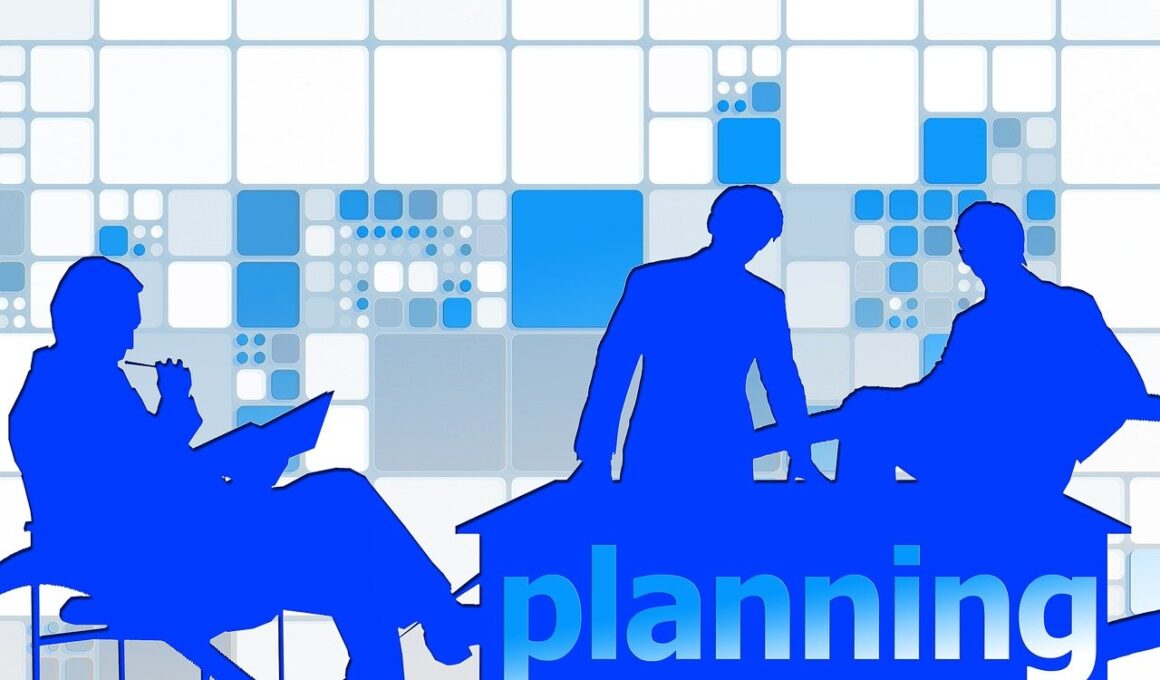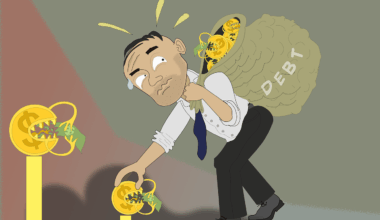The Role of Collaboration Between Designers and Engineers
In the contemporary landscape of product development, the interaction between designers and engineers is crucial. This collaboration ensures that products are not only aesthetically pleasing but also functional and feasible for manufacturing. By working together, both parties can harmonize their efforts to create innovative solutions that effectively address user needs and market demands. Designers bring creativity and a user-focused mindset, while engineers contribute technical insights and practical applications. This synergy optimizes the overall product design process, aligning artistic vision with real-world constraints. In establishing a common goal, the collaboration enhances communication, which is essential to mitigating misinterpretations and ensuring that visions are accurately translated into tangible products. Joint brainstorming sessions and iterative feedback loops play a pivotal role in refining ideas and addressing challenges during development. The integration of perspectives fosters a culture of shared responsibility. As teams become more cohesive and collaborative, they can react swiftly to changes and unforeseen complications. Ultimately, merging creativity with engineering precision can lead to revolutionary products. Encouraging open dialogue and mutual respect lays the foundation for successful and innovative outcomes in product development endeavors.
Effective product development thrives on robust communication and collaboration between designers and engineers. When these two critical roles engage in dialogue, they create an environment where ideas can flourish. This collaborative process not only elevates creativity but also enriches the technical feasibility of the ideas being generated. Designers often visualize the user experience in profound ways, providing a narrative that engineers translate into action. Engineers, armed with their technical expertise, can evaluate the viability of design concepts and suggest modifications to improve functional performance. This partnership can lead to multiple iterations, each refining the product further. Moreover, involving engineers early in the design process helps identify potential pitfalls before production begins. Addressing these challenges proactively reduces risks associated with time and costs during development. Additionally, cross-disciplinary teams foster a knowledge exchange, enabling both designers and engineers to grow their skill sets and broaden their perspectives. Workshops and collaborative projects can lead to stronger working relationships, encouraging a culture of innovation. As a result, the end products are not only visually appealing but optimized for manufacturing and real-world use, striking a balance between creativity and feasibility.
Collaboration between designers and engineers also significantly impacts the product lifecycle. From initial concepts to final prototypes, their joint efforts shape how a product evolves. The iterative design process benefits greatly from feedback provided by engineers on practical application and technical specifications, enabling designers to make informed adjustments. When designers and engineers are in sync, the product not only meets user expectations but can also exceed them in functionality. Fine-tuning aspects such as materials, ergonomics, and usability forms a foundation for a more reliable product. Regular team meetings, including progress reviews and brainstorming sessions, ensure that both teams remain aligned on project objectives and timelines. By fostering a shared sense of responsibility throughout the product development process, the potential for creative breakthroughs increases significantly. Additionally, transparency regarding deadlines and resource allocation helps alleviate stress and focuses efforts more efficiently. Having a mutual understanding of each other’s challenges and strengths empowers designers and engineers to collaborate effectively. In essence, their partnership acts as a catalyst for innovation, resulting in refined products tailored to the target market while simultaneously achieving company goals in product development.
Challenges in Collaboration
Despite the many benefits of collaboration, challenges do exist in the relationship between designers and engineers. Differences in mindset, terminology, and working methods can lead to misunderstandings and misalignments. Designers often focus on the aesthetics and user experience, driven by creativity, while engineers concentrate on practicality and functionality, guided by technical knowledge. This divergence can foster tension if expectations are not clearly communicated. Furthermore, project deadlines combined with pressure to innovate may lead to stress, causing both parties to overlook vital considerations. Each group may become entrenched in their unique perspectives, preventing constructive dialogue and limiting potential solutions. To combat these challenges, adopting a proactive approach to communication is essential. Establishing a clear framework for collaboration can facilitate smoother interactions. Including regular check-ins and updates can help maintain focus on shared goals. Additionally, cross-training team members to better understand each other’s roles fosters empathy and improves cooperation. Building mutual respect and appreciation for each discipline creates an atmosphere conducive to innovation. Ultimately, by addressing these challenges head-on, designers and engineers can cultivate a positive working relationship that embraces creativity, technical insight, and effective product outcomes.
Another critical aspect of successful collaboration is the role of technology in facilitating communication between designers and engineers. Advanced collaborative tools and software have fundamentally transformed the way these teams interact and share information. Integrating platforms where designs and prototypes can be viewed and modified by both parties streamlines the feedback process significantly. Project management tools also enable teams to track progress, deadlines, and responsibilities, fostering accountability and ensuring everyone remains aligned. The adoption of cloud-based solutions allows real-time collaboration, making geographical barriers less relevant. These technologies serve as a central hub of information that promotes transparency and accessibility for both designers and engineers, offering enriched possibilities for collaborative innovation. Furthermore, visual representation technologies, such as 3D rendering, help convey complex ideas more effectively, ensuring that both designers and engineers can visualize the final product. Virtual and augmented reality can also simulate user experiences, assisting teams in understanding design principles while reinforcing technical specifications. As technology continues to evolve, it empowers designers and engineers to push the boundaries of what is possible in product development, cementing their partnership as they navigate toward increasingly ambitious and impactful outcomes.
Ultimately, the collaboration between designers and engineers hinges on fostering a culture of innovation and continuous improvement. Embracing an iterative mindset allows teams to experiment, learn from successes and failures, and evolve their approaches over time. By celebrating failures as opportunities for growth, designers and engineers can cultivate resilience and adaptability, vital traits in today’s dynamic market environment. Establishing clear benchmarks for innovation encourages the teams to strive for excellence, constantly driving the creative process forward. Moreover, encouraging open feedback structures allows team members to voice concerns, share insights, and contribute ideas that might enhance the product development process. As collaboration deepens over time, relationships strengthen, ultimately leading to more cohesive teamwork. Regular team-building activities and informal gatherings can help foster camaraderie and trust, further solidifying their collaborative spirit. By creating an inclusive atmosphere where the contributions of all team members are valued, designers and engineers can leverage diverse perspectives to enrich creativity and engineering prowess. As a result, this collaborative ecosystem becomes a breeding ground for novel ideas and groundbreaking products that resonate with users, fulfilling their needs and exceeding their expectations.
Conclusion
In conclusion, the collaboration between designers and engineers is indispensable for successful product development. Each discipline contributes unique skills and insights that, when combined, yield innovative outcomes that may not be achievable independently. When these cross-functional teams function harmoniously, they can navigate the complexities of modern product development effectively. Emphasizing open communication, shared objectives, and mutual respect lays the groundwork for sustainable collaboration. As the landscape of technology continues to evolve, so too will the methodologies for collaboration, enhancing efficiency and fostering innovative ideas. Continuous investment in training and tools to bridge potential gaps between designers and engineers is fundamental. By creating an environment that encourages collaboration while simultaneously respecting individual contributions, teams can achieve their product development goals. The relationship blossomed through understanding will undoubtedly lead to groundbreaking, user-centered products that not only fulfill market demands but also resonate with consumers on a deeper level. Achieving this synergy ultimately propels businesses forward, ensuring they remain competitive in an ever-changing world. Therefore, nurturing this partnership is essential for future innovation and success in the field of product development.
By recognizing the importance of collaboration and implementing strategies to enhance teamwork between designers and engineers, organizations can unlock the full potential of their product development processes. Emphasizing the significance of both aesthetics and functionality in product design leads to creations that are not just visually appealing but also profoundly user-friendly. The combined forces of creativity and technical expertise create products that are well-rounded and capable of standing out in saturated markets. Fostering this collaboration opens doors to innovative thinking, enriching the overall development experience. Ultimately, a forward-thinking approach to collaboration will pave the way for advancements in design and engineering, leading to exceptional products that fulfill and exceed consumer needs. Companies that prioritize the synergy between designers and engineers not only improve their product pipelines but tend to cultivate a culture of innovation that inspires all employees. Investing in training programs, workshops, and collaborative tools fosters an environment conducive to shared success. This investment directly impacts product outcomes, enhancing the business’s reputation in the market. Therefore, organizations should embrace the collaborative spirit as not just an option, but as a critical element in driving progress and achieving sustainable growth in product development.


